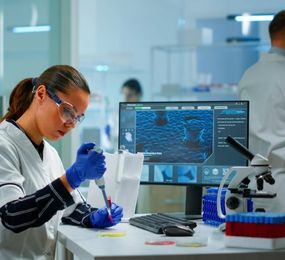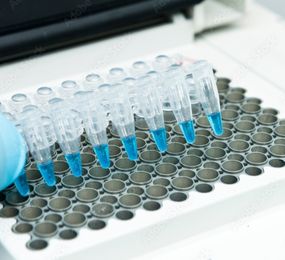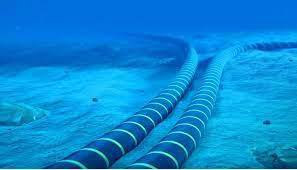The biomanufacturing industry is essential in producing a wide range of products, from pharmaceuticals to biofuels. However, traditional biomanufacturing practices can be resource-intensive and generate significant waste. To ensure a sustainable future, it is imperative to implement strategies that reduce waste and energy consumption.
Waste Reduction Initiatives:
- Process Optimization: Streamlining biomanufacturing processes can minimize waste generation. This includes optimizing media formulation, fermentation conditions, and downstream purification steps.
- Recycling and Reuse: Implementing recycling and reuse programs for materials like solvents, buffers, and equipment can significantly reduce waste.
- Waste-to-Value: Exploring opportunities to convert waste into valuable byproducts can enhance the sustainability of biomanufacturing operations.
Energy Efficiency Measures:
- Energy-Efficient Equipment: Investing in energy-efficient equipment, such as bioreactors, pumps, and filters, can reduce energy consumption.
- Renewable Energy Sources: Utilizing renewable energy sources like solar or wind power can lower the carbon footprint of biomanufacturing facilities.
- Process Optimization: Implementing energy-saving strategies, such as improving insulation and optimizing process parameters, can reduce energy consumption.
Sustainable Feedstocks:
- Renewable Raw Materials: Sourcing raw materials from sustainable sources, such as agricultural waste or renewable biomass, can reduce the environmental impact of biomanufacturing.
- Circular Economy: Integrating biomanufacturing into a circular economy, where waste from one process becomes the feedstock for another, can minimize resource consumption.
Environmental Impact Assessment:
- Life Cycle Analysis (LCA): Conducting LCAs can help identify the environmental hotspots within biomanufacturing processes, enabling targeted improvement efforts.
- Carbon Footprint Reduction: Setting specific goals to reduce the carbon footprint of biomanufacturing operations can drive sustainability initiatives.
Regulatory Frameworks and Incentives:
- Government Policies: Supporting green biomanufacturing through tax incentives, subsidies, and regulatory frameworks can encourage industry adoption of sustainable practices.
- Certification Programs: Implementing certification programs that recognize sustainable biomanufacturing practices can enhance market access and consumer trust.
By implementing these strategies, biomanufacturing can become a more sustainable and environmentally friendly industry. Reducing waste, conserving energy, and utilizing renewable resources are essential steps towards a greener future. As the world continues to prioritize sustainability, biomanufacturing has the potential to play a vital role in driving positive change.
To register or learn more about the Forum please check here: https://bit.ly/3WRMLFS.
For more information and group participation, contact us: [email protected]
















